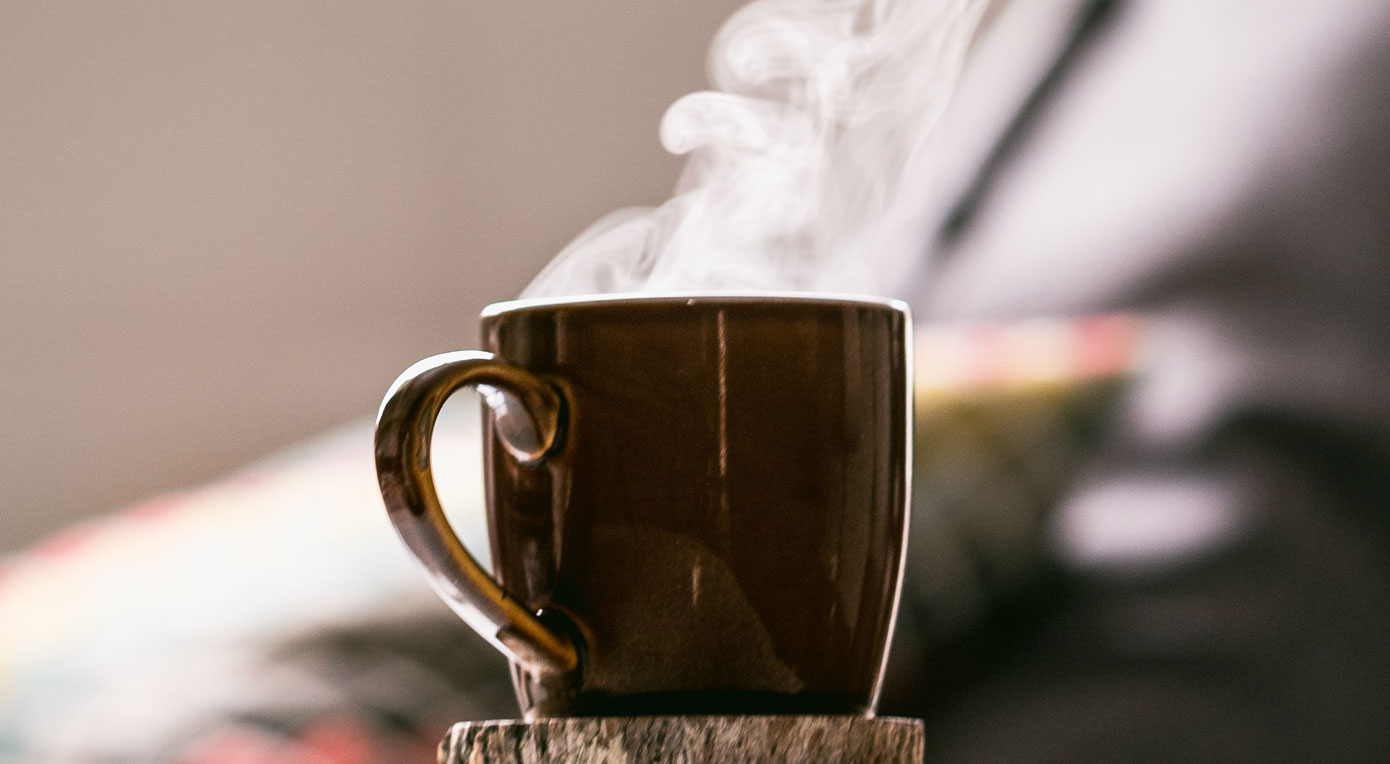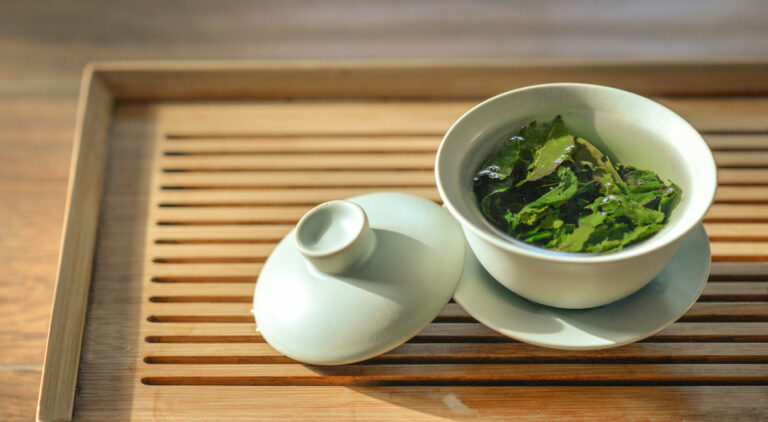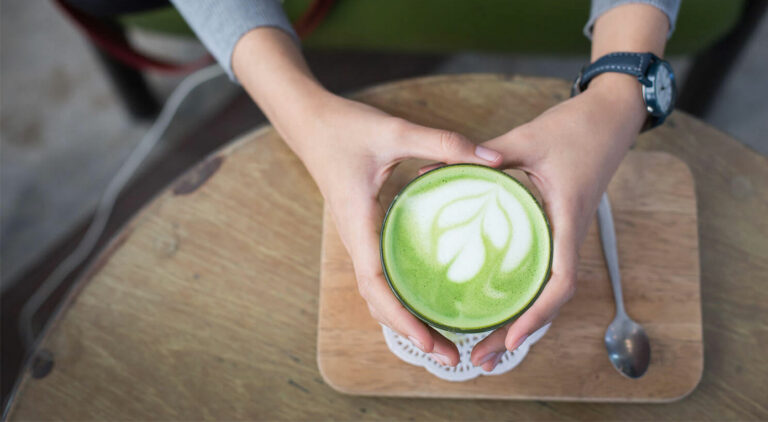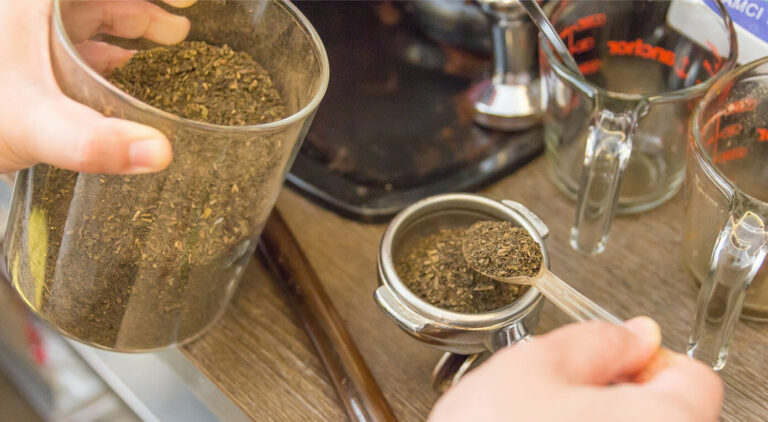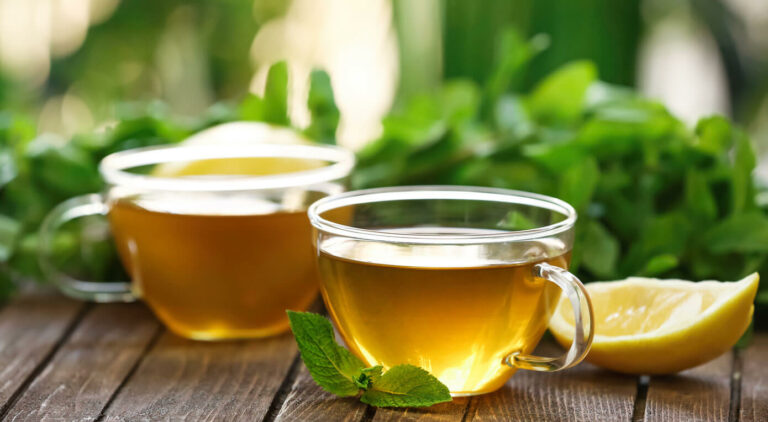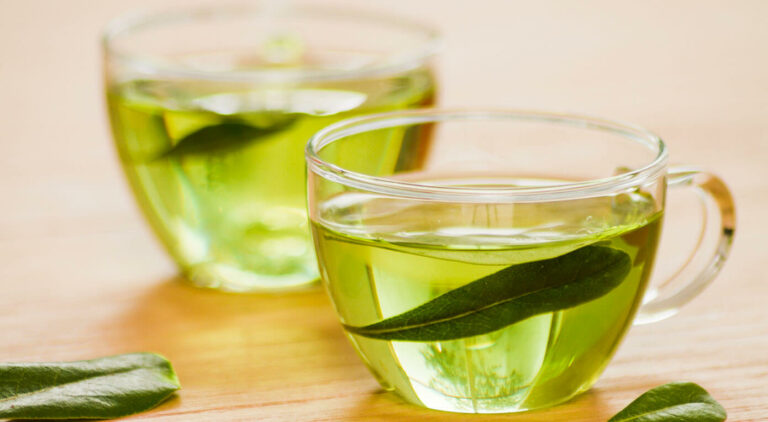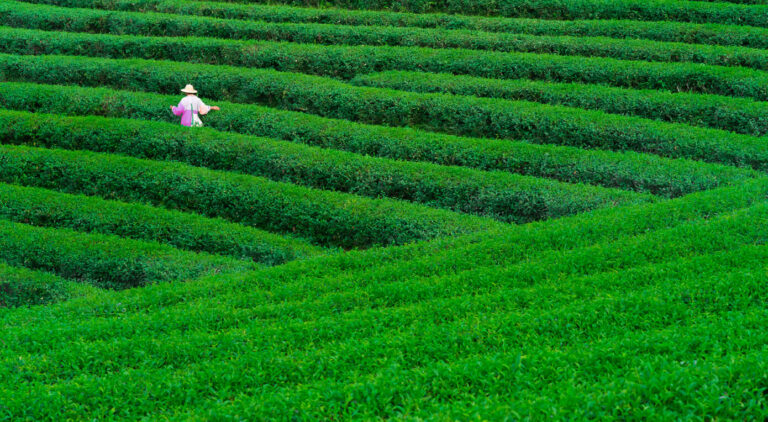Best Temperature for Green Tea (Updated 2022)
Many casual tea drinkers brew all teas in a similar way. Especially with teabags, most of us will do this: Put the teabag in the cup, then boil water. Next, pour the boiling hot water into the cup with the teabag. Then, wait for 5 minutes for the color to turn darker and drink the tea. Is the boiling point of hot water the best temperature for green tea?
This has become the standard for brewing all teas. Although your tea may not cause you harm when you drink it, that is not the best way to achieve the best results. Every type of tea has the correct temperature for brewing it.
In other words, different water temperatures are required for different types of tea. For example, it works well if you use water at high temperatures like boiling water to brew black tea, but it does not work the same way when used to brew green tea.
Why Green Tea Temperature Matters
Green tea typically comes from the Camellia Sinensis plant and has been around for thousands of years. It contains some caffeine but less than coffee or black teas. Generally, with a teaspoon of loose tea, green tea is low in caffeine and high in antioxidants.
How hot or cold you brew your green tea leaves will affect the composition of the drink, the amount of caffeine, and the effectiveness of antioxidants present.
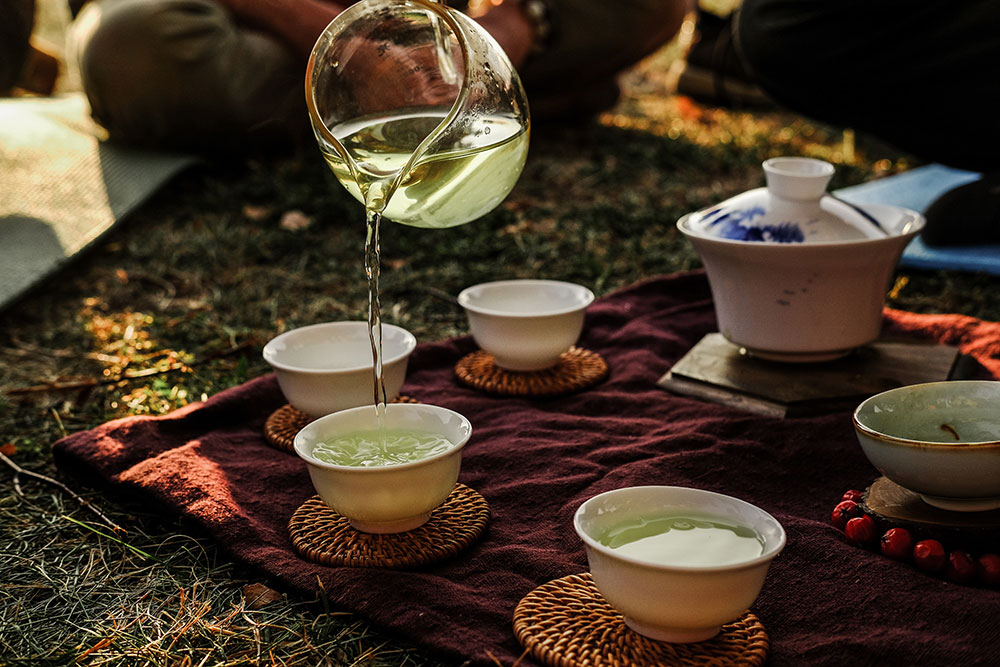
For The Right Flavor and Taste
Water temperature is key to brewing a cup of good-quality green tea. Green tea leaves make a more delicate tea than black tea leaves. Brewing green tea at the wrong temperature can cause the tea to have a bitter taste due to the overproduction of caffeine and phenolic compounds. You will want to brew green tea in conditions that give a refreshing taste and bring out its full flavor.
Cold brewing of green tea leads to less caffeine extraction from the tea leaves, resulting in lighter, less colored, and higher sensory-rated tea infusions with a less astringent and bitter taste [1]https://ifst.onlinelibrary.wiley.com/doi/abs/10.1111/jfpp.12084.
Retain Health Properties
Polyphenols and the main catechin of green tea, EGCG is components that bring promising results in the prevention of breast, lung, prostate, stomach, and pancreatic cancers [2]https://mdpi.com/1422-0067/21/5/1744/htm.
This is possible whether you brew your tea in cold water, warm water, or hotter water. But it’s most effective and more optimized when brewed in cold water and warm water.
A study was done by LWT – Food Science and Technology Journal to compare brewing green tea at 39 Fahrenheit (4 degrees Celsius) and 203 Fahrenheit (95 degrees Celsius). It was discovered that using hot water at 203 degrees Fahrenheit to brew green tea can extract more antioxidant components from the tea than using cold water at 39 degrees Fahrenheit. But, the antioxidant properties of both water temperatures turned out to be comparable. Using hotter water may lead to more effective antioxidant activity and reducing power, but more caffeine will also be extracted from the tea.
The study also revealed that tea brewed from steaming green tea leaves using cold water could contain fewer components, especially caffeine, but possessed some antioxidant properties higher than tea brewed using hot water [3]https://www.sciencedirect.com/science/article/pii/S0023643807003581. One of the properties is to help remove toxic metals, like iron from the body. Excess iron circulating in the human body, disrupts normal cell function, damaging organs such as the liver, stomach, and cardiovascular system. Green tea brewed in colder water helps to remove the toxic metals more effectively than green tea brewed in hotter water.
Using colder water to brew green tea also proved to protect cells from the damage caused by free radicals more than using hotter water to brew green tea.
Maintain Clear Liquid
Green tea is considered a clear liquid. This holds true only if the brewing conditions are done right. Using water that is too hot can cause more tannins and other compounds in the tea to be extracted. This makes the green tea cloudy and brown.
In this article, we explore the perfect water temperature for making green tea.
What is the Right Water Temperature for Brewing Green Tea?
When you think of green tea, you probably think of its health benefits, however, many people don’t know that brewing it with the right temperature of the water can also improve your green tea taste and how healthy it will be for you. You’d like to brew a perfect cup of green tea infusing its best flavor.
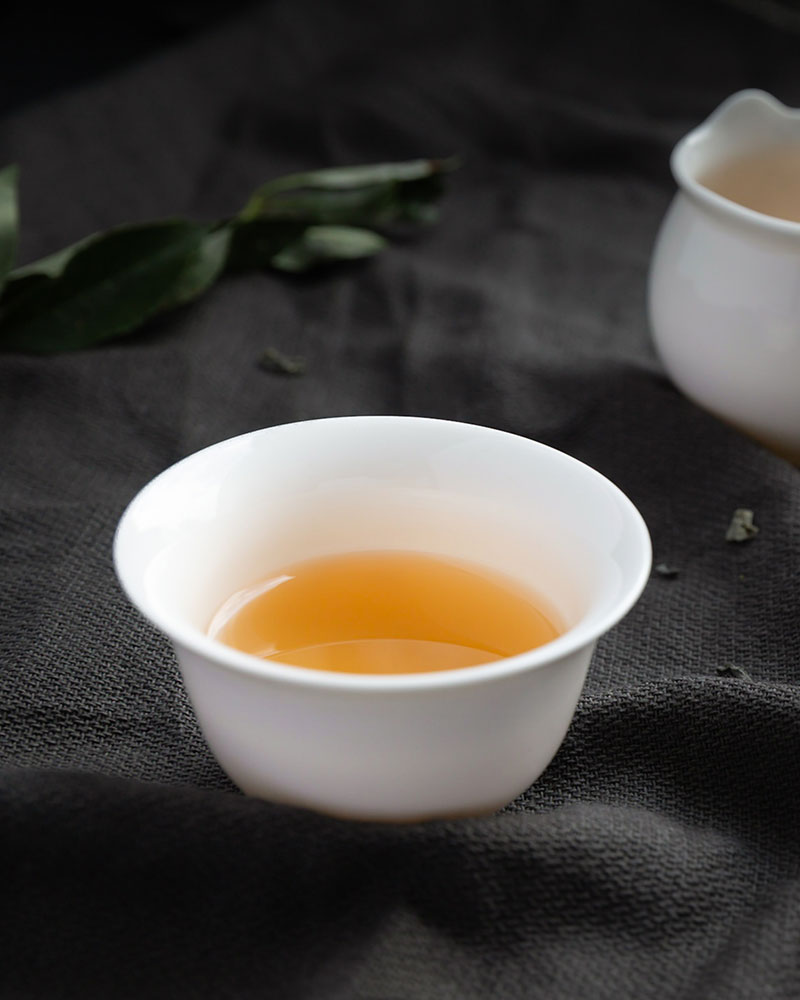
The correct water temperature for brewing green tea differs from that used for black tea or oolong tea. Lower temperatures are best used for green tea, similar to white tea. This means after boiling tap water, you need to let your water cool down slightly before pouring over leaves in your cup or pot.
This works the same for most green tea such as Japanese green tea and Chinese green tea. The right brewing temperature also applies the same to both green tea in a tea bag and loose leaf tea.
So what Is the best water temperature for brewing green tea? The best temperature or ideal temperature of water you should use to brew green tea is 176 to 194 degrees Fahrenheit. Brewing green tea at higher temperatures is one of the factors that make it taste bitter.
While you are brewing green tea at the desired temperature, do take note of the steeping duration as well. A longer steeping time can affect the health benefits and flavor of green tea too. Keep the steeping duration of green tea to 3 to 4 minutes maximum and don’t oversteep your tea.
How To Know If Your Green Tea Is The Right Temperature
Use a Sensor
If you want to brew your green tea at the perfect temperature as accurately as possible, consider investing in an electric temperature-controlled kettle. The usual kettle simply heats up water to boiling point and stops when it boils. As for temperature-controlled kettles, their purpose is to help you heat up water to your desired temperature. This helps you to brew beverages like tea, coffee, and milk with the right taste and flavor.
Use Cooler Water
You can also brew your green tea without overheating it if you don’t have a temperature-controlled kettle. In this case, you may heat up the water with an electric kettle or stovetop kettle.
Once you see small bubbles appearing and popping at the water surface, remove the kettle from the heat completely. The temperature of water at this point may be 170 degrees Fahrenheit and it’s ready for you to brew your green tea.
Or, bring the water to boil fully. Once you see that the water is boiling and bubbling, turn off the heat and let it cool for about 3 minutes. You can put in your green tea loose leaves or teabag after 3 minutes.
This is not as accurate and precise as using a thermometer or temperature-controlled kettle. How cool your water has become after a few minutes depends on how cold or warm your environment is.
You’ve got to go through some trial and error to know how long you need to cool down the boiling water to achieve your perfect cup of tea.
Use Cooking Thermometer
Another way to test the temperature of your water is to use a cooking thermometer. There are floating thermometers you can use specifically for boiling water, milk, soups, and sauces. All you have to do is to let the thermometer sit or float on the water surface. It has a display that shows you the current temperature of the water.
If you use an electric kettle with a cover, you can use a frothing thermometer with a long probe. You can clip the thermometer to the spout of the kettle and allow the probe to touch the water inside. Once the thermometer shows the water temperature reaches your desired temperature, you can take the heat off and brew your green tea with it.
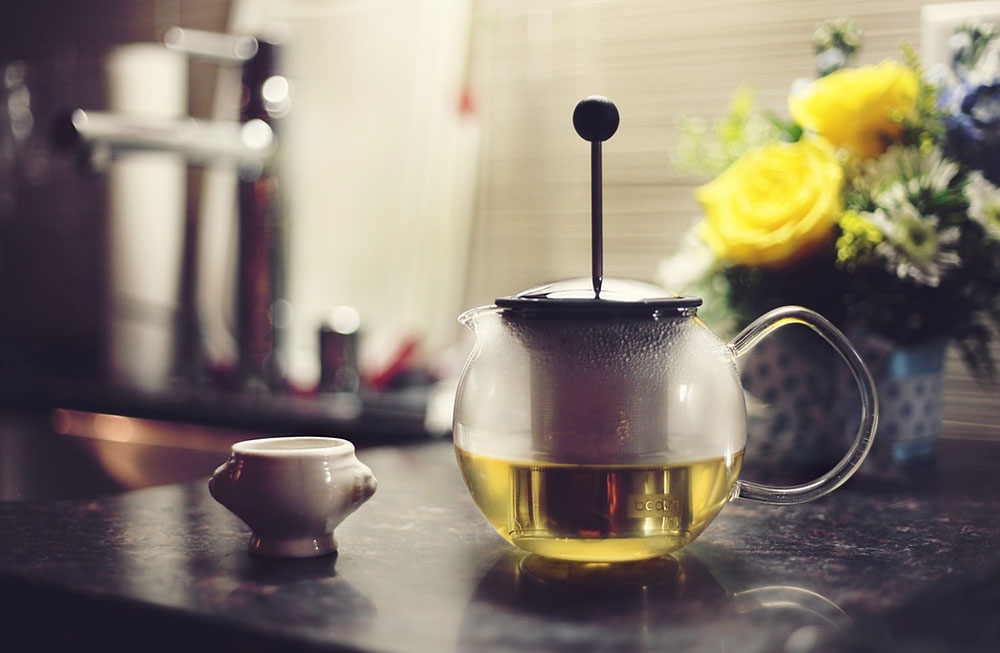
Best Temperature for Green Tea
Green tea brewing temperature can have a huge impact on the taste of your tea. Temperature is one of the aspects that determine the taste difference between green and black teas. Green tea is known for its fresh and natural taste, so you need to brew it at a low temperature. Otherwise, without paying attention to temperature, you might ruin the subtle aroma and taste of green tea in your cup.
Nevertheless, the brewing temperature for green tea depends on how bitter you’d like your cup to be. The length of steeping time also affects the bitterness. Opting for cooler water and a longer steeping time is a good way to cut down on the bitterness, but it will also diminish any nutty or vegetal flavors. Chances are, the tea you choose will indicate what temperature of the water is best to use.
The next time you’re in the mood for some green tea, remember this handy guide and try brewing it between 176 to 194 degrees Fahrenheit. From there, you can customize your brew to discover which temperature blend works best for you. After all, there’s a difference between an average cup of tea that has been brewed too hot or too cold and a cup of tea that has been prepared with professional precision.
